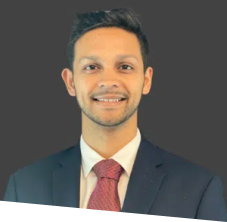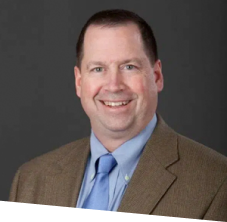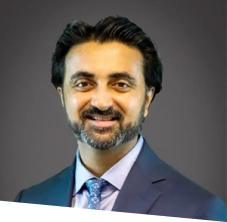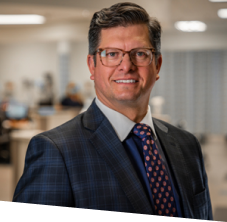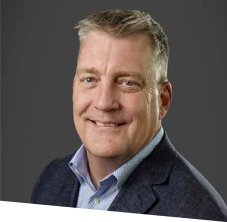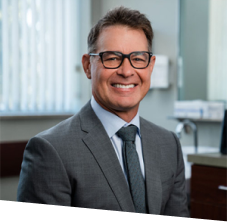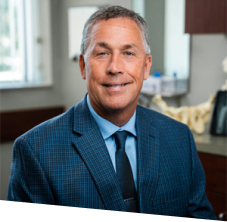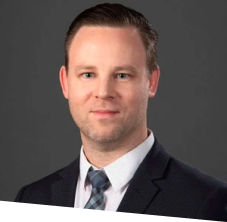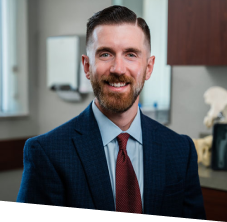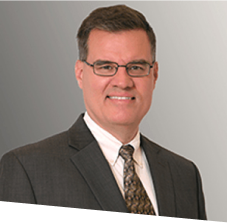Most Fellowship Trained Spine Physicians in Central Ohio



Offering State-of-the-Art Non-Surgical, Surgical & Rehabilitation Treatments
Since our spine, neck, and back are all closely related, sometimes it may be difficult to pinpoint exactly where our pain is coming from. The spine is one of the most important and complex structures in the human body. It supports your head and neck, allows for the movement of your limbs, and protects your spinal cord. However, it can also be susceptible to a variety of problems.
Our specialists are experienced in treating anything from compression fractures to even the most complex spinal conditions. We always try to implement non-surgical options first before recommending spine surgery by using a multi-disciplinary team of surgeons, interventional pain management specialists, along with physical therapists to diagnose, treat, and rehabilitate back pain, and conditions and injuries of the spine.
What They Say About Us
Excellent care and very happy with the results of my surgery. Would recommend this doctor to anyone and would go to him again.
Patient
The Doctor’s and staff are super friendly, kind, very caring and there to provide the best care possible. Myself and several of my family members have (and still do) go to them for our orthopedic needs. Highly recommend them.
Patient
A flawless experience from beginning to end. The staff, the facility and the doctor; everything was truly wonderful!
Patient
About the Spine
Back pain is one of the most common types of pain. Because the back helps stabilize and move the entire body, back pain can be a serious problem.
Being aware of certain symptoms is very important, if a back issue can be diagnosed and treated early on, it could help you avoid further back, neck, or spine damage and pain in the future. Sharing this information with your doctor allows them to provide you with the best back, neck and spine care.
Most cases of neck pain are caused by a sprain or strain to one of the muscles in the cervical spine and the good news is that most cases of neck pain will subside on their own after rest and temporary activity modifications. If your neck pain does not resolve, please make an appointment with an OrthoAlliance spine specialist to diagnose your conditions and get your back to the life you love.
Common Spine Problems
Compressed or Pinched Nerves
A pinched nerve occurs when surrounding tissues, such as bones, ligaments, or discs apply too much pressure to a nerve. Nerve compression can be extremely painful and cause tingling, numbness, or weakness.
Degenerative Disc Disease
A common condition that results in the deterioration of the discs that cushion the vertebrae in your spine. As the discs begin to deteriorate, they lose their ability to absorb shock and protect the spine.
Spinal Deformity and Scoliosis
Spinal deformity is a condition in which the spine is abnormally curved. The most common type of spinal deformity is kyphoscoliosis.
Radiculopathy
Radiculopathy occurs when there is nerve compression or irritation of a nerve root in the spinal column. This can happen due to a herniated disc, bone spur, natural degeneration, or spinal stenosis.
Sciatica
The sciatic nerve is the longest nerve in your body, running from your lower back down to the back of your legs. When the lower lumbar nerves become pinched, they can cause a sharp pain that radiates through your entire leg.
Disc Herniation
Disc herniation is a condition that can occur when the discs in your spine become damaged or weakened. This can cause the inner portion of the disc to bulge outwards, putting pressure on the nerves near your spine.
Arthritis of the Spine
Arthritis of the spine refers to inflammation of the joints between the vertebrae. There are several different types of arthritis that can affect the spine, including osteoarthritis, rheumatoid arthritis, and ankylosing spondylitis.
Spinal Stenosis
This condition occurs when the spaces in your spine narrow, placing pressure on the spinal cord and nerves. This can lead to pain, numbness, and weakness in the arms and legs.
Slipped Disc
A slipped disc refers to a condition where the vertebra moves in relation to the adjacent vertebra due to arthritis. It is commonly associated with stenosis of the spine.
Neck Pain
Neck pain can also prove to be a source of significant discomfort. Our necks are full of multiple pain generators, and unless they cause considerable radiation into your arms and hands, they are typically harmless.
The non-surgical treatment options recommended for acute pain include:
- Rest
- Modification in activities
- Over-the-counter medications
- Time
Generally, neck pain tends to improve within a few days to a couple of weeks. However, if your discomfort lasts longer, it is best to seek medical attention. Your doctor may recommend X-rays, an MRI, or the following conservative treatments:
- Physical therapy
- Chiropractic treatment
- Prescribed medications
If your body does not respond to these conservative measures, surgical treatment may be necessary. This may include:
- Anterior Cervical Discectomy and Fusion — This procedure can relieve pressure on the spinal cord or nerves by removing the damaged disc and any other tissue that is pressing on these vital structures.
- Cervical Disc Replacement — This procedure involves replacing the damaged disc with an artificial disc to reduce chronic pain caused by degenerative disc disease.
- Cervical Laminectomy and Fusion Surgery — These procedures are often performed together. Laminectomy involves removing a small portion of the bone to relieve pressure. Spinal fusion surgery involves joining two or more bones together for stability.
- Revision Spine Surgery — This surgery is a specialized type of spinal surgery used to treat patients who have had unsuccessful results from prior spine surgeries.
Back Pain
There are many internal factors that can generate back pain, including your bones, ligaments, discs, and nerves.
Thankfully, there are also several minimally invasive techniques that can be used to counteract your back pain, including:
- Giving yourself time to heal
- Rest
- Ice/heat
- Over-the-counter medications (ibuprofen and acetaminophen)
- Chiropractic treatment
- Physical therapy
- Osteopathic manipulation
- Massage
If your back pain persists, X-rays or an MRI may be recommended. Seek medical care if you realize that your back pain is coupled with a substantial amount of pain that radiates in your legs or if you experience any numbness or weakness.
Surgical options used to relieve back pain may include:
- Lumbar Laminectomy and Fusion — Involves removing a portion of the bone (lamina) that covers the spinal cord in the lower back. Spinal fusion joins two or more bones together, preventing movement between them.
- Minimally Invasive Microdiscectomy — This procedure aims to remove the herniated disc material that is pressing on the spinal nerve root and causing back pain while minimizing damage to the surrounding tissue.
- Minimally Invasive Laminectomy — This procedure is less invasive than traditional laminectomy and usually results in less pain and a shorter recovery time.
- Thoracic Spine Surgery — Performed to correct several issues in the thoracic spine or upper back.
- Spinal Cord Stimulation — This involves the implantation of a device called a stimulator. This device sends electrical impulses to the spinal cord, which can help to reduce pain signals to the brain and improve function.
- Revision Spine Surgery — This is a specialized type of surgery performed when a previous spine surgery has not successfully corrected the problem.
- Anterior Lumbar Fusion Surgery — This procedure is unique in that it approaches the spine from
OrthoAlliance Spine Surgeons
OrthoAlliance Conservative Spine Care
Orthopedic Specialists and Sports Medicine
Orthopedic Surgeon
Orthopaedic Associates of Zanesville
Orthopedic Surgeon
Orthopaedic Associates of Zanesville
Orthopedic Surgeon
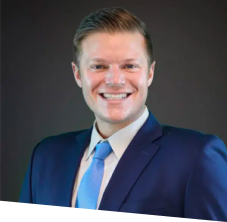
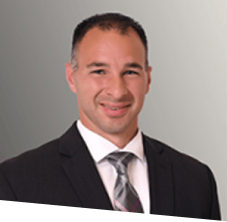
Orthopedic Specialists and Sports Medicine
Orthopedic Surgeon
Orthopedic Specialists and Sports Medicine
Orthopedic Surgeon
Our Partner Locations
OrthoAlliance is a network of top orthopedic practices with expert clinicians and best-in-class orthopedic care. Together, our focus is on providing each patient with compassionate, patient-centered, and exceptional comprehensive care.
With OrthoAlliance, you’re connected to our integrated orthopedic network with comprehensive, efficient, and patient-centric care. That includes Central Ohio-area practices with more than 50 orthopedic and musculoskeletal specialists as well as 70+ physicians in more than a dozen orthopedic practices across Ohio, Kentucky, and Indiana.


